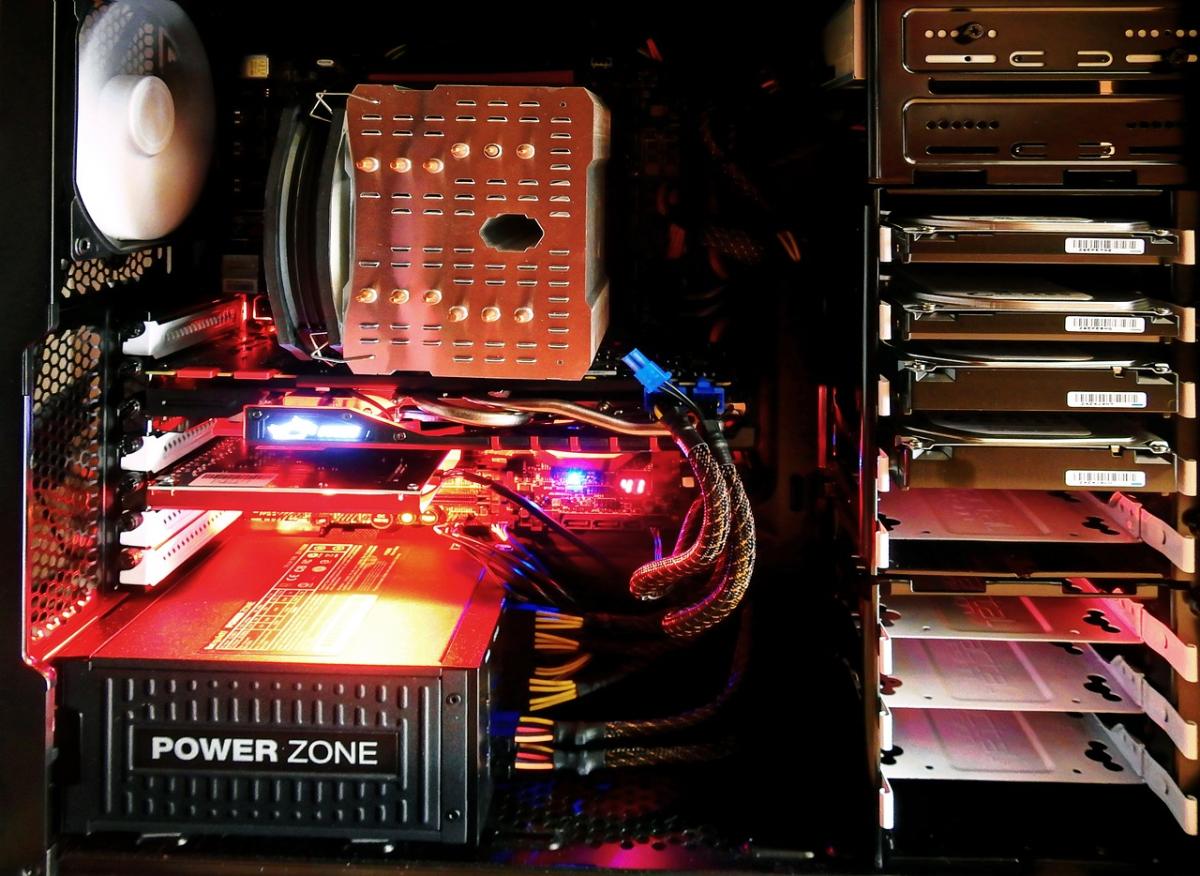**Introduction**
Liquid metal thermal interfaces are emerging as an advanced alternative to traditional thermal paste, offering significantly improved thermal conductivity and efficiency. By effectively transferring heat from the CPU or GPU to the heat sink, liquid metal compounds ensure lower temperatures and better performance, especially in high‑overclocking scenarios. This article explores how liquid metal interfaces function, their key advantages over conventional thermal compounds, and best practices for application to achieve optimum cooling.
**Technological Innovations**
- **Superior Thermal Conductivity:**
Liquid metal compounds, such as those based on gallium alloys, provide thermal conductivity that can be multiple times higher than traditional pastes, ensuring swift heat transfer.
- **Advanced Material Formulations:**
New formulations combine liquid metals with stabilizers to prevent leakage and corrosion, making them safer for long‑term use on modern CPUs and GPUs.
- **Precision Application Tools:**
Specialized applicators and spreaders ensure a thin, even layer of liquid metal, minimizing the risk of short‑circuiting while maximizing surface contact.
- **Enhanced Durability:**
With proper application and maintenance, liquid metal interfaces retain their properties over time, providing consistent performance without the degradation seen in some conventional thermal compounds.
**Applications and Benefits**
- **High‑Performance Overclocking:**
By reducing thermal resistance, liquid metal interfaces allow for more aggressive overclocking while maintaining safe temperatures, boosting overall performance.
- **Improved System Stability:**
Lower temperatures lead to reduced thermal throttling, ensuring a system remains stable even under heavy workloads.
- **Efficient Cooling Solutions:**
These interfaces are particularly beneficial in high‑density builds and compact cases where traditional cooling methods struggle to keep up.
- **Cost‑Effective Performance Boost:**
Although slightly more expensive than conventional thermal pastes, the performance gains and longevity offered by liquid metal can justify the investment.
**Future Directions**
Looking ahead, future advancements may focus on refining alloy compositions to further reduce the risk of corrosion and enhance application consistency. Innovations integrating self‑healing properties or AI‑driven thermal monitoring could further optimize cooling performance and adapt to system demands.
**Keywords:** liquid metal, thermal interface, overclocking, CPU cooling, GPU cooling, advanced thermal paste, high‑performance cooling, thermal conductivity, PC cooling innovation
Liquid Metal Thermal Interfaces
The Next Frontier in PC Cooling
Related Articles
Essential High-Performance PC Components You Need Now
Upgrade your setup with the must-have parts for unbeatable gaming and productivity
Top Picks for Best High-Performance PCs
Find the perfect power machine for gaming, work, or creative projects
Your Guide to the Best High-Performance PCs
Find the Right PC for Your Gaming and Creative Needs
View our related products
See more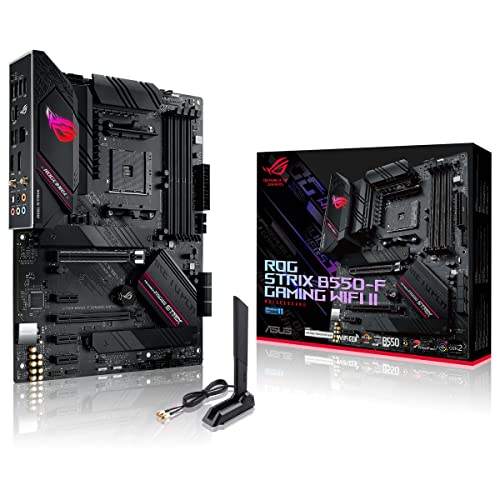
ASUS ROG Strix B550-F Motherboard
Asus
Product Review Score
4.48 out of 5 stars
227 reviews$189.99 $149.99
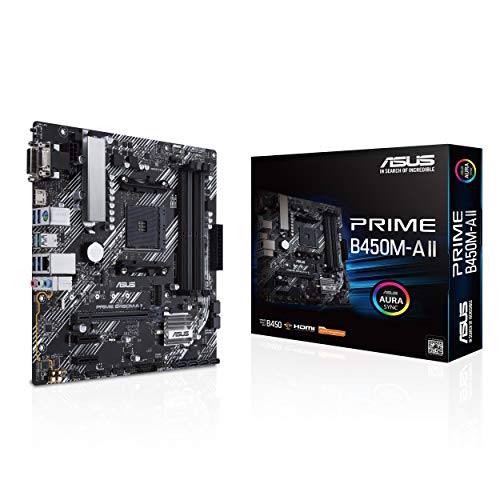
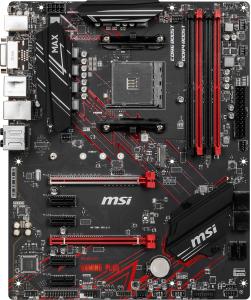
MSI B450 Gaming Max Motherboard
Msi
Product Review Score
4.44 out of 5 stars
50 reviews$114.99 $109.99
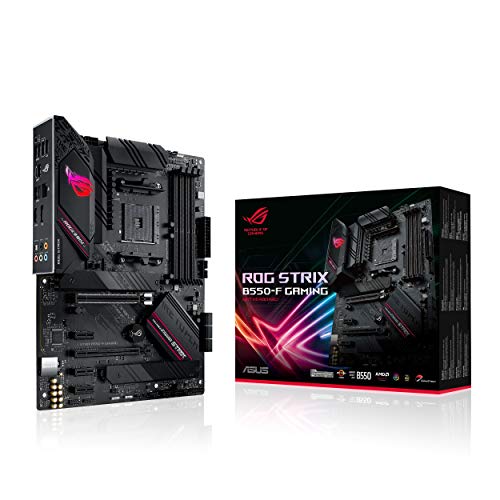
ASUS ROG Strix B550-F Motherboard
Asus
Product Review Score
4.41 out of 5 stars
170 reviews$159.99 $149.99
